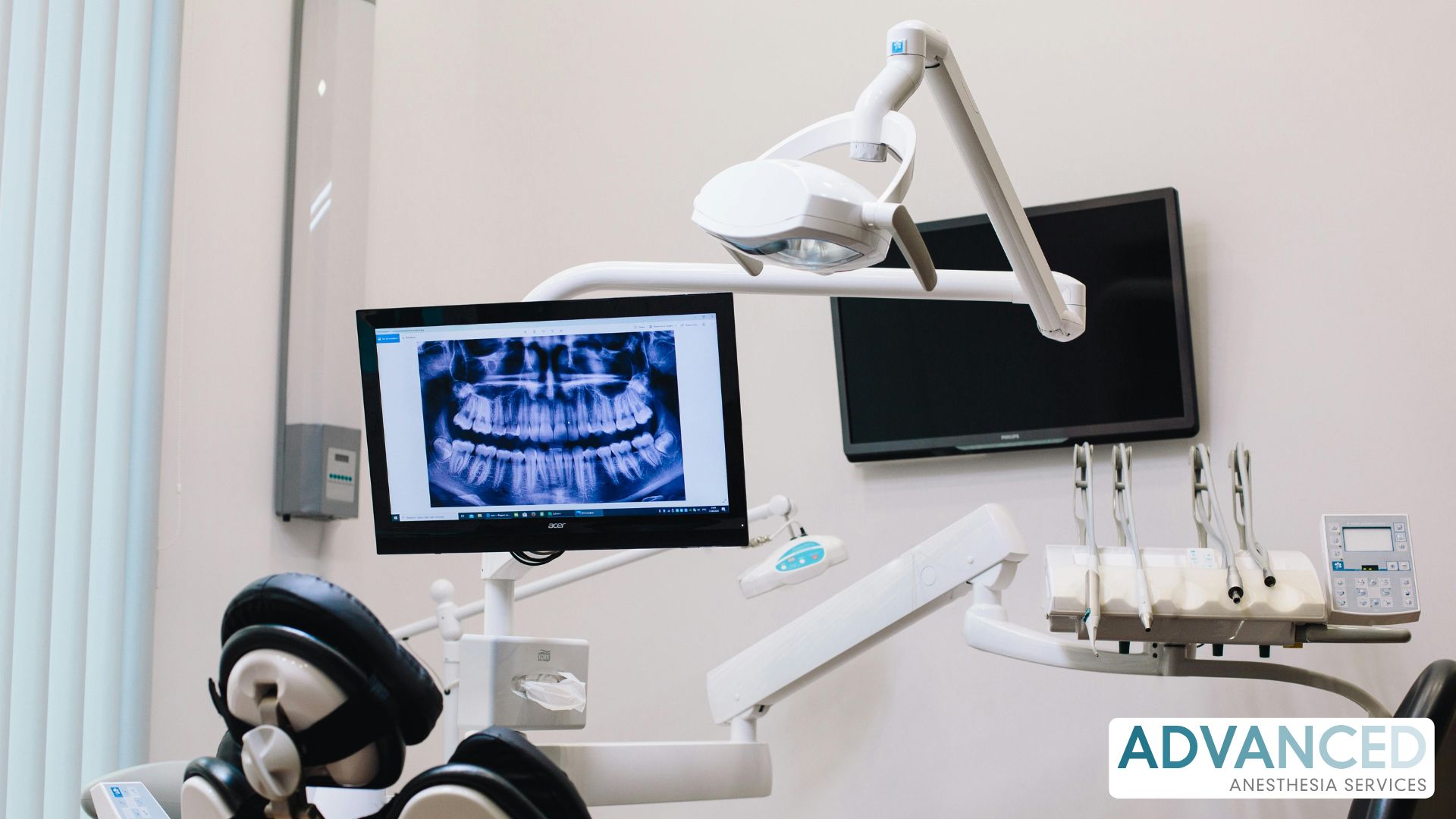
Office-based dental surgery offers convenience for patients and greater flexibility for providers. However, in Washington State, dentists performing sedation or general anesthesia must meet strict regulatory requirements set by the Department of Health (DOH), in addition to best practices aligned with national standards. Failing to comply may result in inspection failure, financial penalties, or risk to patient safety.
This checklist provides a comprehensive overview of Washington’s current regulations, including licensure, equipment, staffing, documentation, and quality assurance.
Licensure and Sedation Permits
Dental professionals must hold the appropriate sedation permit based on the level of anesthesia provided. Washington Administrative Code (WAC 246-817-740) outlines four main categories:
Sedation permits must be posted in every operatory where anesthesia is administered.
Facility and Equipment Requirements
Under WAC 246-817-760, facilities providing moderate or deep sedation must have specific monitoring equipment and emergency preparedness protocols in place. Requirements include:
Monthly checks of oxygen tanks, suction units, and monitor function are strongly recommended to ensure readiness.
Emergency Medication Requirements
Practices must stock and routinely verify expiration dates and lot numbers for the following medications:
All emergency medications should be reviewed quarterly and properly labeled and logged.
Recovery Area Standards
Recovery must occur in a space separate from the operatory, under direct supervision, and equipped with:
Monitoring must continue until the patient meets discharge criteria. Equipment must remain on the patient until they are verbally oriented, able to ambulate safely, and discharged to a responsible adult escort.
Personnel and Training Requirements
Operating dentists must maintain the appropriate permit level and renew ACLS certification every two years. A second clinician must be present during moderate or deep sedation procedures and must hold at least BLS certification for minimal sedation and ACLS for deep sedation. Best practices suggest having a dental assistant certified through the Dental Anesthesia Assistant National Certification Examination (DAANCE).
Recovery personnel must be certified in BLS and demonstrate competency in monitoring post-anesthesia patients. All staff involved in sedation procedures must participate in quarterly mock emergency drills, with documentation of the scenario, participants, and debrief actions.
Required Documentation
Key documents include:
Washington State requires retention of medical records for six years or six years beyond the patient’s 18th birthday if the patient is a minor.
Inspection and Accreditation
Initial inspections by the Department of Health evaluate equipment functionality, medication inventory, and staff credentials. Re-inspections occur every five years or following a reportable incident.
While not mandated, many dental practices pursue accreditation through organizations such as the Accreditation Association for Ambulatory Health Care (AAAHC) or the American Association for Accreditation of Ambulatory Surgery Facilities (AAAASF). Accreditation supports risk management, insurance negotiations, and patient confidence. These programs also incorporate HIPAA compliance, infection control audits, and quality improvement initiatives that align with state regulations.
Quality Assurance and Improvement Program
Under WAC 246-817-770, Washington requires dental practices offering sedation to maintain a formal quality assurance program. This includes:
Best practices also include tracking sedation start-to-procedure time, incidence of oversedation, recovery time, and patient satisfaction metrics.
Common Compliance Issues and Mitigation Strategies
Frequent deficiencies include expired emergency medications, inoperable capnography, missing pediatric-specific equipment, and incomplete documentation of vital signs. To avoid regulatory citations and insurance recoupments, practices should implement:
Conclusion
Compliance with Washington’s dental anesthesia regulations requires attention to detail, regular internal audits, and team-wide training. Practices that adopt a proactive, checklist-driven culture will not only meet state requirements but also promote patient safety and operational excellence.
Advanced Anesthesia Services offers emergency cart setup and full support for offices preparing for inspections or accreditation. Contact us to learn how we can assist your team in achieving and maintaining full regulatory compliance.

